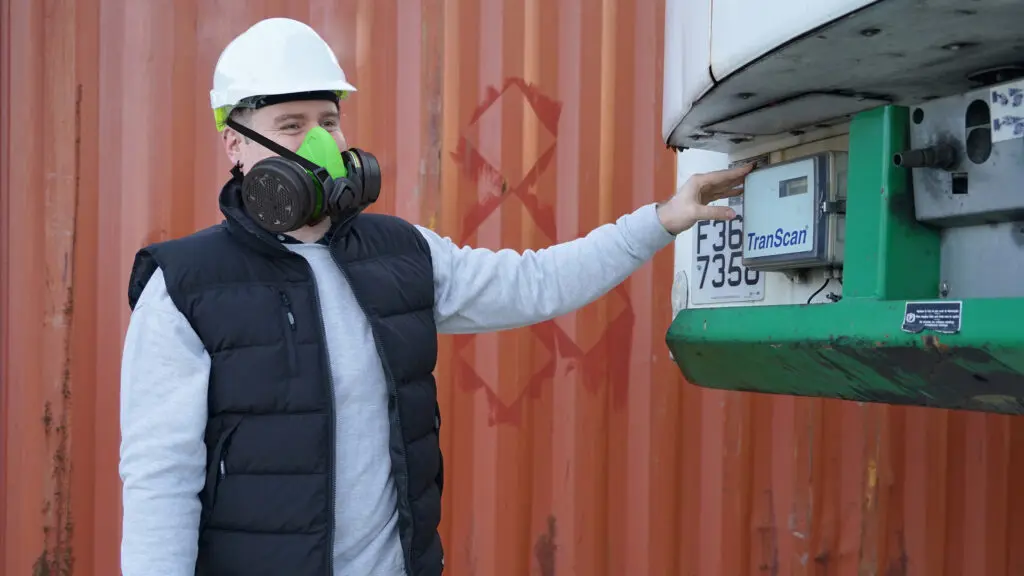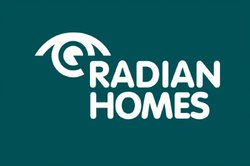There are several types of Respiratory Protective Equipment (RPE) available to workers, including many that are designed for specific environments or situations. Choosing suitable equipment for the environment requires an understanding of the type of dangers the worker may be presented.

Dust, mist, gas or fumes may carry or contain harmful substances. In the workplace, activities where workers may be exposed to these substances include:
- Cutting materials such as stone, concrete or wood (may produce silica dust)
- Working with volatile solvents, such as dichloromethane (DCM)
- Working in environments which may expose you to asbestos
RPE can be effective in protecting the wearer from harmful substances, however, this is dependent on selecting the correct type of RPE (including protection level).
Additionally, if the oxygen levels in the working environment are low, such as when working in a chamber or tank, a headpiece with a supply of air will also be required. The RPE required for this is significantly different than the type outlined above.
Types of Respiratory Protective Equipment
Respirators are one type of RPE. Respirators use filters to remove contaminants in the air. They are divided into two main types:
- Non-powered respirators (APR)
- Powered respirators (PAPR)
Powered respirators use a motor to automatically pass air through a filter, which in turn supplies the wearer with clean air. Alternatively, non-powered respirators utilise the wearer’s breathing to draw air through the filter.
Breathing apparatus (BA) are the other main type of RPE. BA uses an independent source of clean air (such as a cylinder or compressor) to protect the wearer from external contaminants.
Only breathing apparatus may be suitable for oxygen deficient atmospheres – respirators are not.
The Importance of Face Fit
Both respirators and BA can be either tight-fitting or loose-fitting. Tight-fitting RPE relies on a seal between the wearer’s face and the equipment to be created so that hazardous substances cannot leak into the mask. Loose-fitting RPE, such as hoods, visors and suits use a supply of clean air – this prevents contaminants from entering and this method does not require a seal. Loose-fitting RPE is only available as powered respirators or BA.
Where a seal is required, the fit of the equipment is vital to ensure protection is not compromised. This is not only recommended, but required by UK law.
Read more about face fit testing on the HSE website or visit our page on face fit testing.
European Standards
Respiratory Protective Equipment (RPE) must be fully tested and certified. The European Standards (EN) show that a piece of equipment has been tested to meet a certain standard.
EN136 is the standard which applies to full face masks. Within these standards, equipment is split into a further three categories:
- Light duty and low maintenance: for infrequent use, often disposable.
- Standard duty: designed to accommodate maintenance or part replacement. Made to last longer than light duty masks.
- Heavy duty: offer the highest level of protection with a high level of durability.
EN140 applies to half and quarter masks. Masks under these standards can have a range of materials and filter types, however, the filters in this standard are always detachable. These detachable filters are governed by a separate set of standards.
EN149 applies to filtering half masks. This means that the mask itself is manufactured with a filter material, or the mask includes a filter which is not detachable. This standard is split under three subcategories which are grouped by levels of protection:
- FFP1: maximum leak rate of 22%, protects against dust.
- FFP2: maximum leak rate of 8%, protects against powdered chemicals, and some bacteria and viruses.
- FFP3: maximum leak rate of 2%, protects against very fine particles, including asbestos.
When to Use RPE
Only use RPE when there are no other options for adequate protection.
The Health and Safety Executive (HSE) recommends that RPE should be the last line of defence when providing respiratory protection. Other measures, such as exhaust ventilation or preventative controls should be used where possible, both before and alongside RPE. There are several reasons for this:
- RPE is an intrusive equipment which is uncomfortable to wear for extended periods of time.
- RPE may interfere with communication and vision, making reactions against dangers less reliable.
- RPE can interfere with the wearer’s personal freedom, including having facial hair or piercings.
- RPE is usually required to be worn in a specific way, according to manufacturer instructions, otherwise the degree of protection drops significantly.
- RPE can be expensive when compared to simple control measures.
- RPE can only protect the individual wearer and does not make the environment in general safe to work within.
The following circumstances are an indication that RPE may be required in your working environment:
- There is a danger of breathing in contaminated air, despite other controls being put in place.
- When there is short-term or infrequent exposure and using other controls is impractical.
- When other control methods are being implemented.
- In the event or for preparation of an emergency, such as for safe exits, during temporary failure of controls, or emergency rescue.
Selecting the correct Respiratory Protective Equipment, ensuring proper fit, and adhering to safety standards are essential steps for protecting the presence of hazardous substances. If you aren’t sure which equipment you need, please get in touch with our team of experts.




